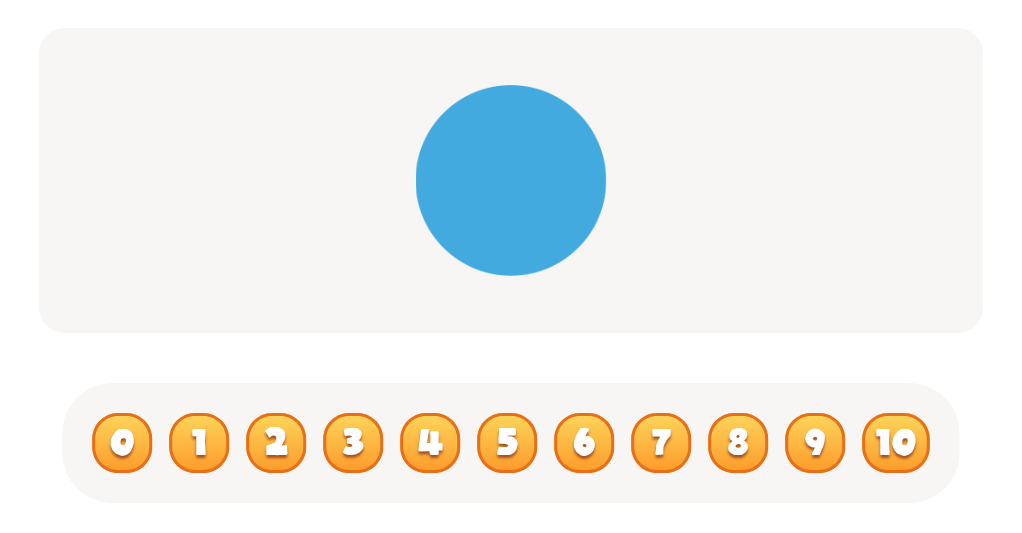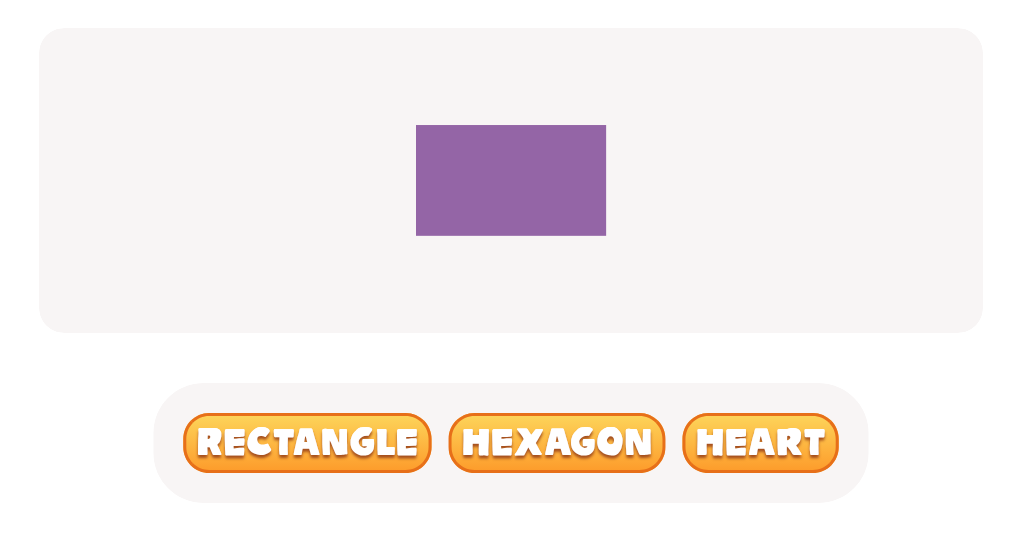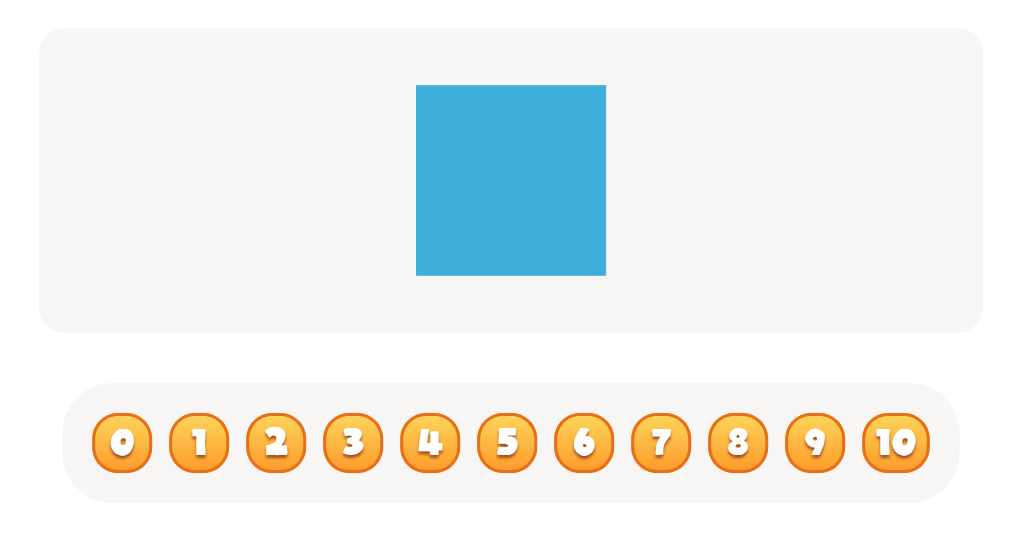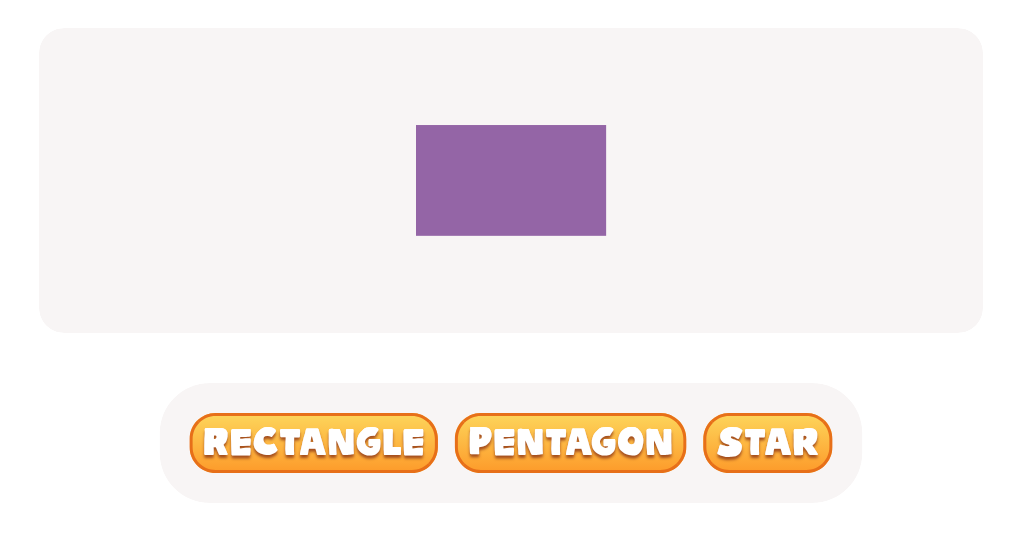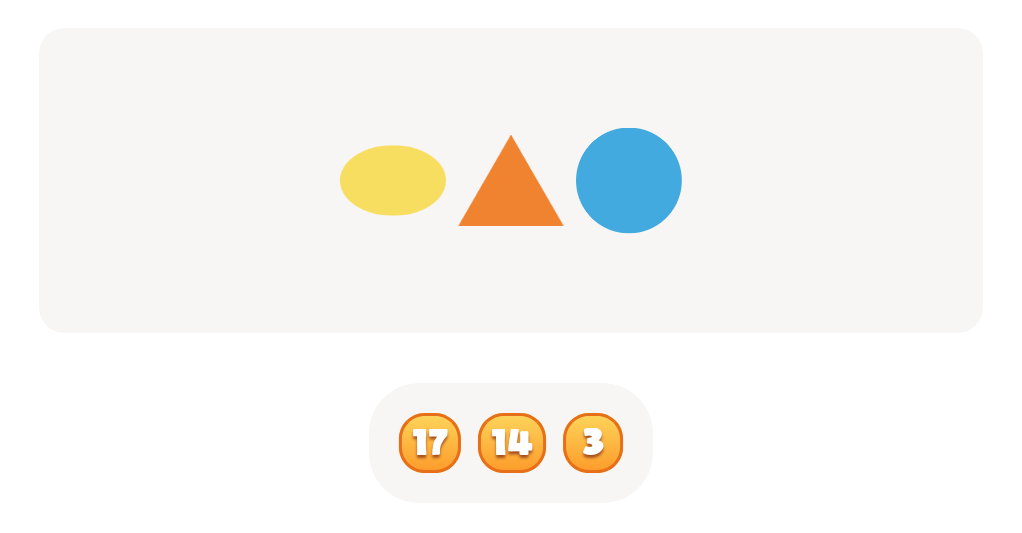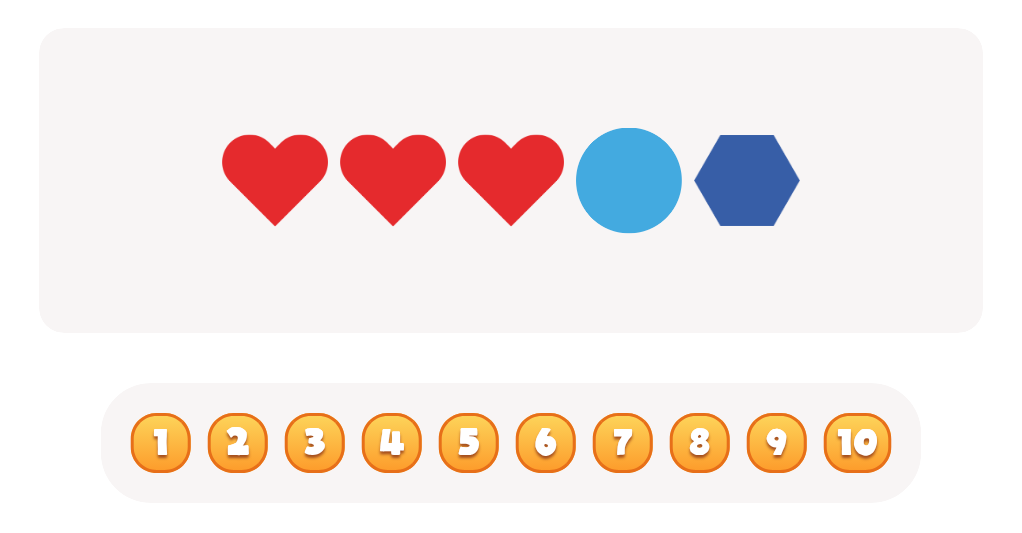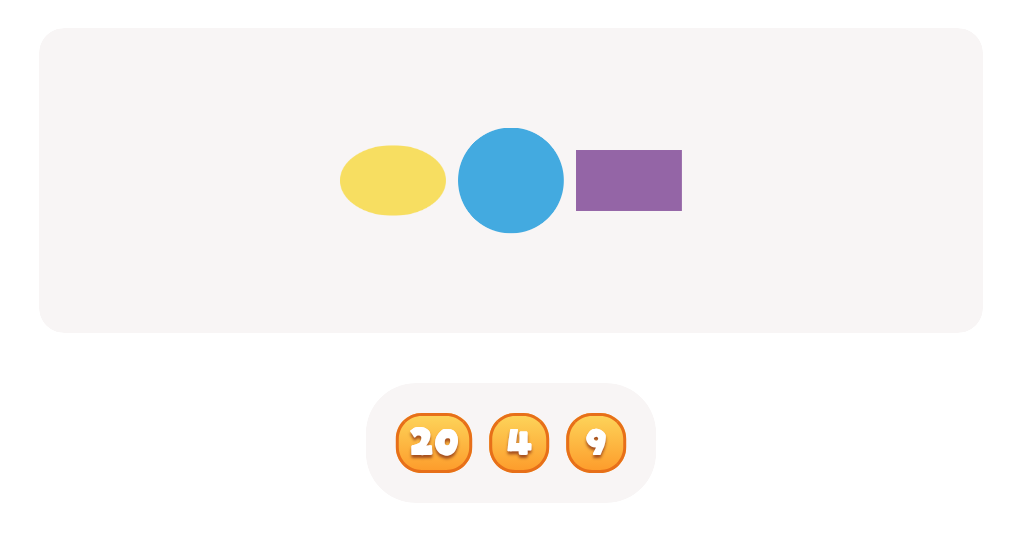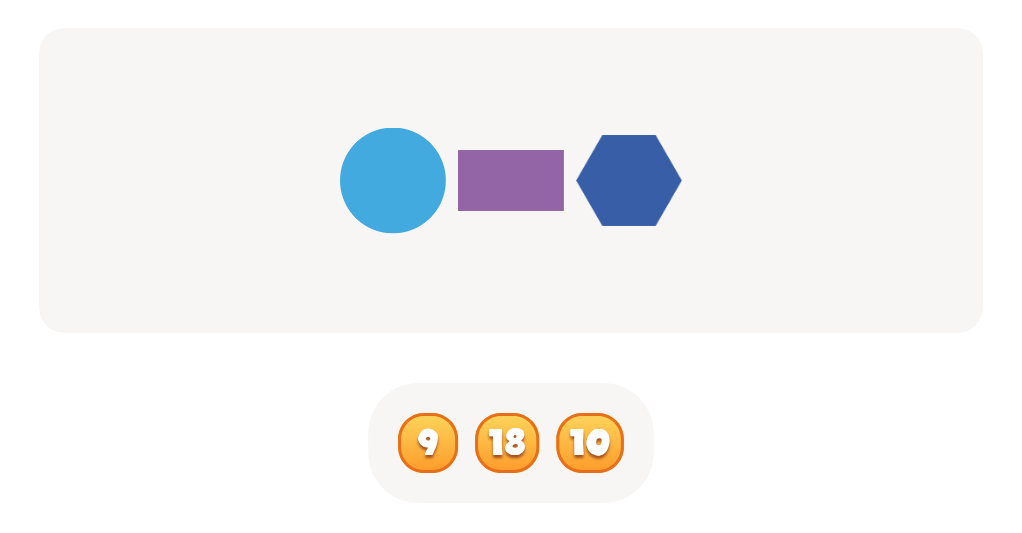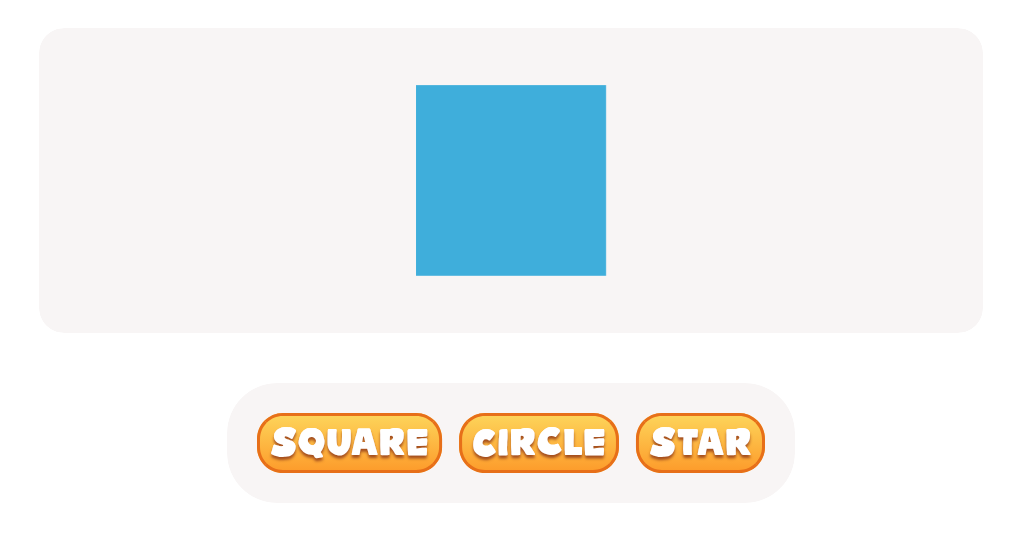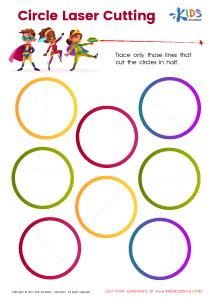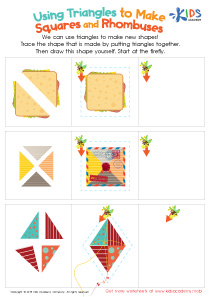Critical Thinking Normal 2D Shapes Worksheets for Ages 3-6
5 filtered results
-
From - To
Enhance your child's critical thinking skills with our engaging 2D shapes worksheets, specially designed for ages 3-6. These printable activities help young learners recognize, analyze, and manipulate normal shapes, building a solid foundation in geometry and spatial awareness. Each worksheet encourages creativity and problem-solving through fun tasks that explore shape attributes and relationships. Ideal for homeschooling or classroom use, our resources make learning interactive and enjoyable. Foster curiosity and cognitive development while guiding your child on a colorful journey through the world of shapes. Equip them with the skills they need for future success in math and beyond!
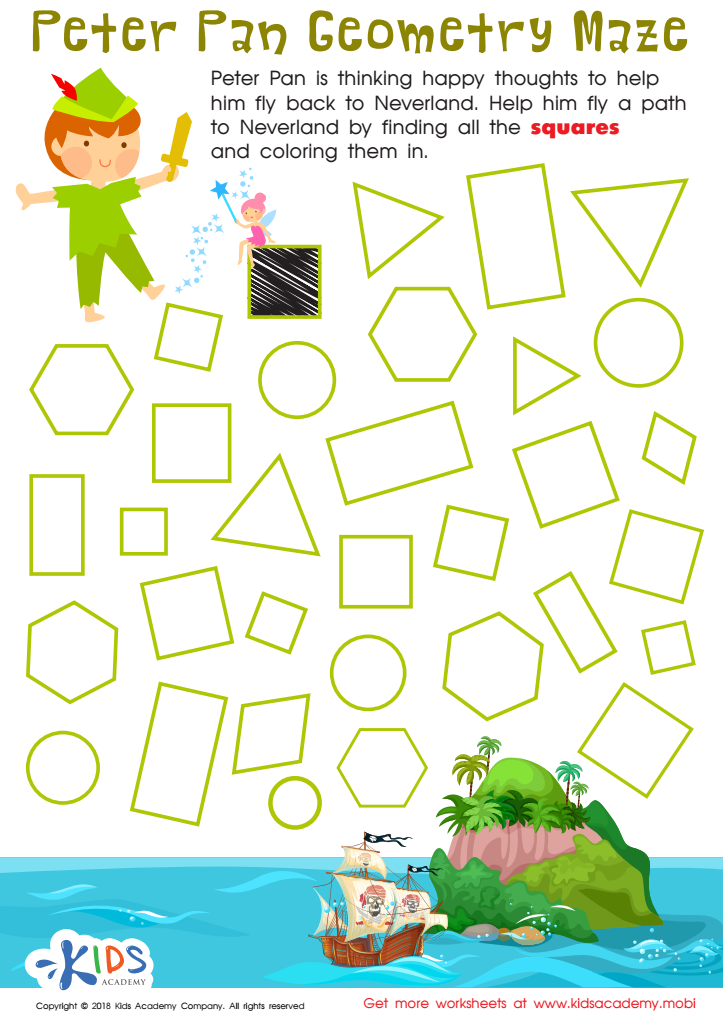

Peter Pan Worksheet
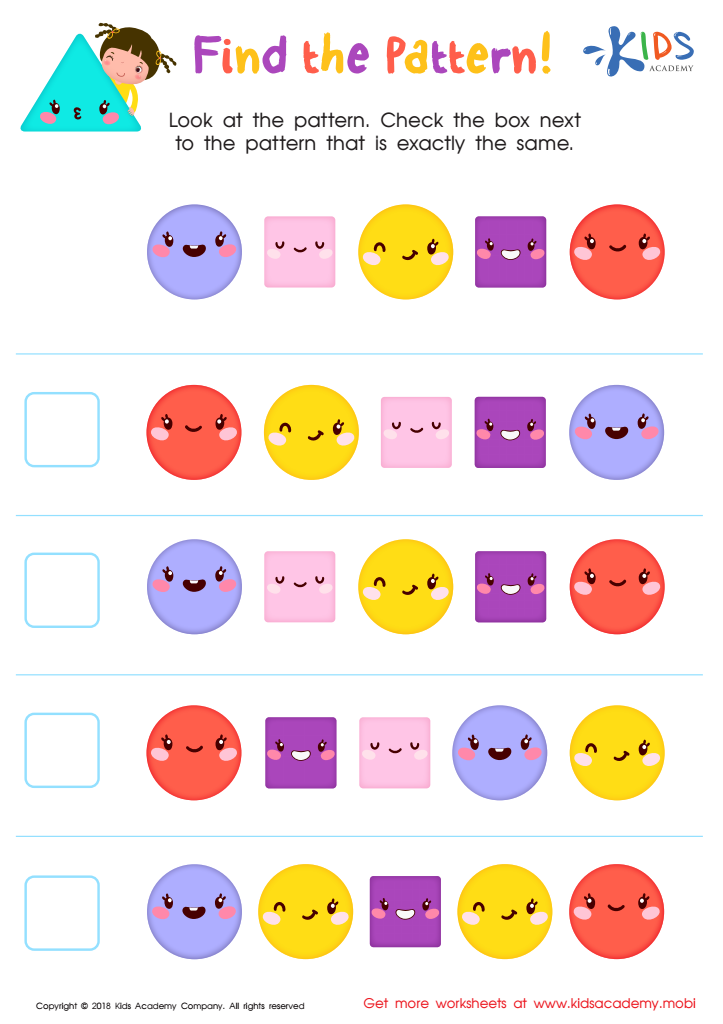

Find the Pattern Worksheet
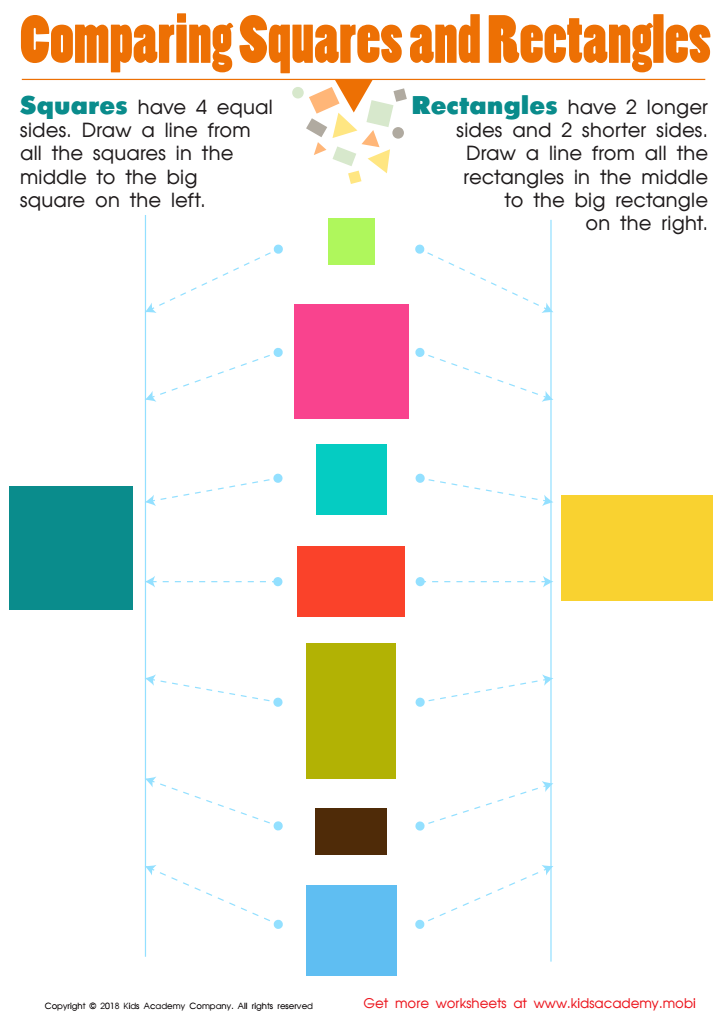

Comparing Squares Rectangles Worksheet
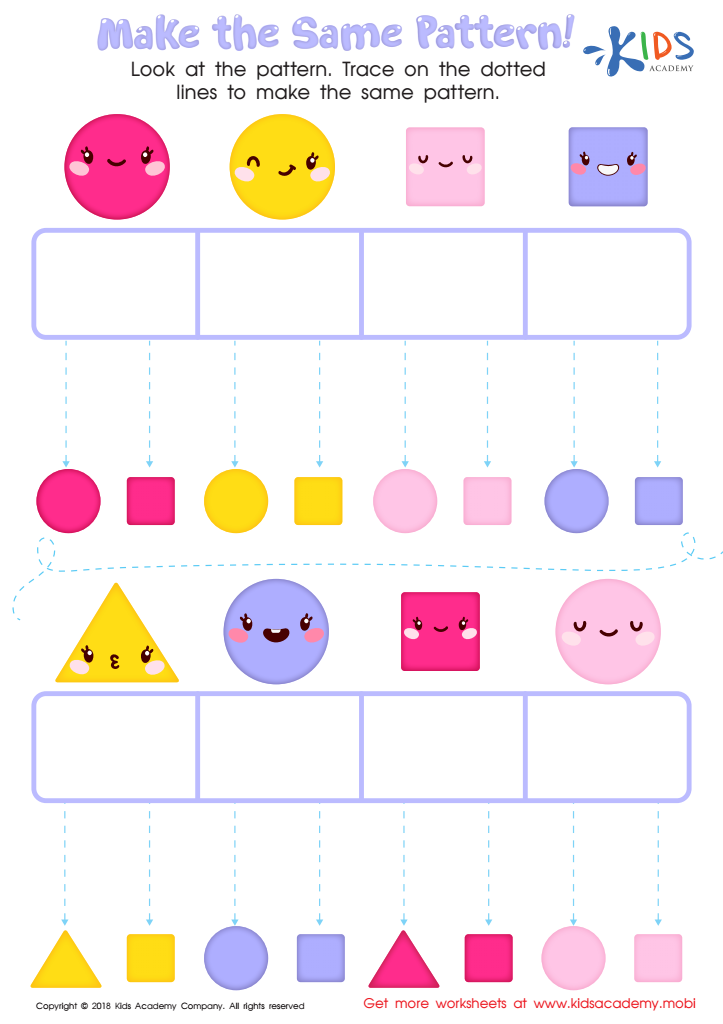

Make the Same Pattern Worksheet


Using Squares to Make Rectangles Worksheet
Parents and teachers should prioritize critical thinking about normal 2D shapes for children ages 3-6 due to the foundational role it plays in cognitive development. At this young age, children are naturally curious and eager to explore their environment. Engaging them in discussions about shapes encourages observational skills and stimulates their imagination. Understanding 2D shapes—not only their names but also their properties—helps children develop essential problem-solving skills as they identify shapes in the real world.
Additionally, exploring shapes assists in enhancing spatial awareness, a critical aspect of early mathematical understanding. When children analyze shapes, they learn to categorize, compare, and contrast, fostering their critical thinking abilities. This early exposure lays the groundwork for more complex concepts in geometry, mathematics, and even art later on.
Moreover, shape recognition activities can be incorporated into playful and interactive learning, making education enjoyable. Collaborative tasks, like creating shapes or identifying them in their surroundings, can build teamwork and communication skills, further enriching their developmental experience. Therefore, harnessing the concept of 2D shapes not only promotes critical thinking but also cultivates a love for learning, setting the stage for lifelong educational success.
 Assign to My Students
Assign to My Students
